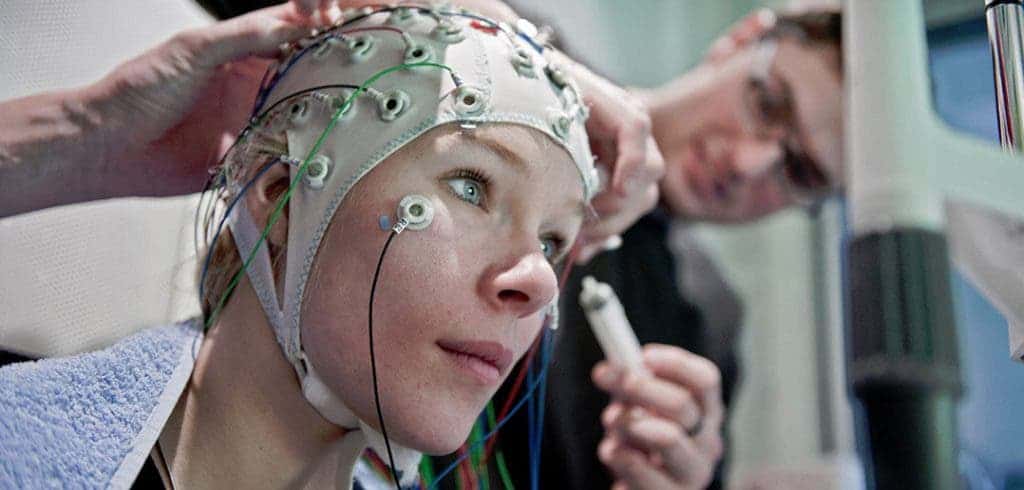A new study finds why our unconscious prejudices can influence the speed at which we associate certain terms and concepts depending on how we perceive the two elements. The findings suggest that it takes our brain less time to tie same-value attributes and concepts (positive to good or negative to bad) than opposing ones.
This is going to come as a huge surprise so you know, take a seat. Ready? Here goes.
People don’t always say what they think. Shocking, I know.
Each of us holds certain prejudices that we hide from others, and sometimes we even subconsciously hide them from ourselves. These unconscious prejudgements can be evidenced through a test known as an IAT, or Implicit Association Test. The IAT relies on the observation that positive association with one’s in-group (the group one belongs to) happens faster than with an out-group. Similarly, a negative association comes easier when we’re thinking of an out-group than an in-group.
For example, a soccer fan needs more time to use a positive word in conjunction with the name of an opposing team than his own. A supporter of a political party will associate a favorable trait to their party than their rivals, even if they’re determined not to.

Image credits Adrian Moser
Even if we knew that pinning negative traits to “them” and positive traits to “us” comes easier to humans that the reverse, we didn’t know why. Researchers in Bern now show that this time discrepancy doesn’t arise from any extra processes our brains have to go through, just that some simply take longer.
The team, headed by Prof. Daria Knoch from the Department of Social Psychology and Social Neuroscience at the Institute of Psychology, University of Bern, employed two methods at once for the study. They recruited 83 test subjects based on their self-reported political or soccer club affiliation, then asked them to take an IAT: they were given a button to click in order to associate positive terms shown on a screen in front of them, either with their in-group or an out-group. While taking the test, the team monitored their brain activity by means of an electroencephalogram (EEG).
“We analysed these data with a so-called “microstate analysis. It enabled us to depict all processes in the brain for the first time – from the presentation of a word up to pressing the button – temporally and also spatially”, explains co-lead author Dr. Lorena Gianotti.
Their found that regardless of the quality of the two words being associated, the brain runs through seven processes: from the presentation of stimulus all the way to the click of the button. In both cases this happens in less than one second, but the positive attribute to out-group association takes a bit longer.
“The number and sequences of these processes remain exactly the same, regardless of whether the test subject had to associate positive words with the in-group, i.e. their club or their party, or with an outgroup”, explains co-lead author Dr. Bastian Schiller, researcher at the University of Freiburg.
This means that reaction time for the out-group is longer because one or several of these seven processes take longer – not because there’s a new process thrown in the mix.
“As a result, corresponding theories can be refuted”, says Schiller.
Gianotti stresses out that it’s essential to consider the processes as a whole for a correct interpretation. Imagine that it’s Monday and after work you grab a bite to eat with a friend, then go to sleep at 10 pm. On Friday you do the same, but you come home two hours later because you can sleep in the next day.
Now, on both days at 8 pm you were in a restaurant eating lunch and one could conclude that this is an identical time schedule. If you compare the days at 11 pm however, the activities don’t sync up any more. So, one could presume that you had an entirely different daily schedule on Friday than you did on Monday. Selective considerations therefore do not allow any conclusion with regard to the entire day – neither with regard to the sequence nor the activities.
“In the research of human behaviour it is essential to consider the underlying brain mechanisms. And this in turn requires suitable methods in order to gain comprehensive findings”, Daria Knoch concludes.
The full paper, titled “Clocking the social mind by identifying mental processes in the IAT with electrical neuroimaging” has been published online in the journal Proceedings of the National Academy of Sciences and is available here.






